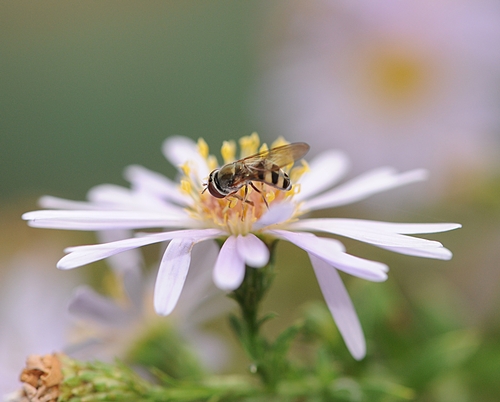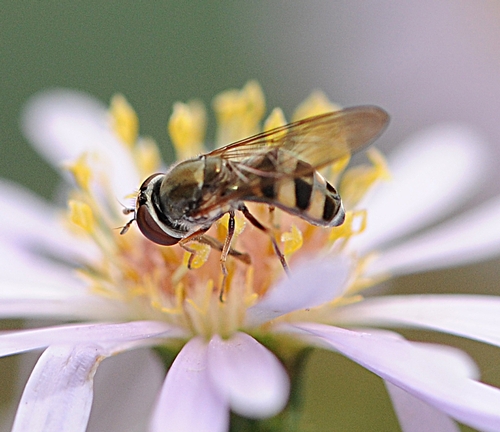“If you were an aphid on a head of lettuce, a hoverfly larva would be a nightmare. They are voracious eaters of aphids. One larva per plant will control the aphids.”
That's what organic researcher Eric Brennan of the Agricultural Research Service (ARS), U.S. Department of Agriculture, told reporter Jim Robbins in a recently published New York Times article.
Headlined "Farmers Find Organic Arsenal to Wage Wars on Pests," the news story drew attention to why natural enemies are "key to the organic approach."
Brennan is based in Salinas Valley, known as "The Salad Bowl of America." It's reportedly where 80 percent of Americans get their greens.
And it's where the lettuce aphid gets its lettuce.
To help resolve the problem, organic farmers are planting alyssum in their lettuce beds. Hover flies "live in the alyssum and need a source of aphids to feed their young, so they lay their eggs in the lettuce," Robbins wrote. "When they hatch, the larvae start preying on the aphids."
Could be that the "salad days" are over for the aphids--thanks to Brennan, alyssum and hover flies.
Attached Images:

Hover Fly

Close-Up